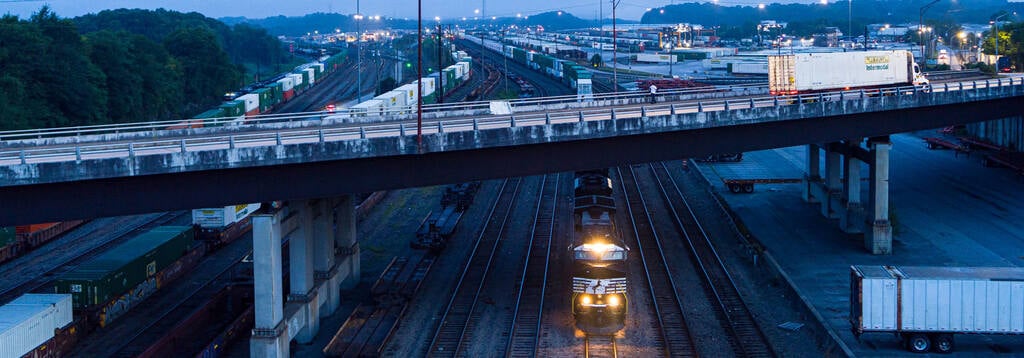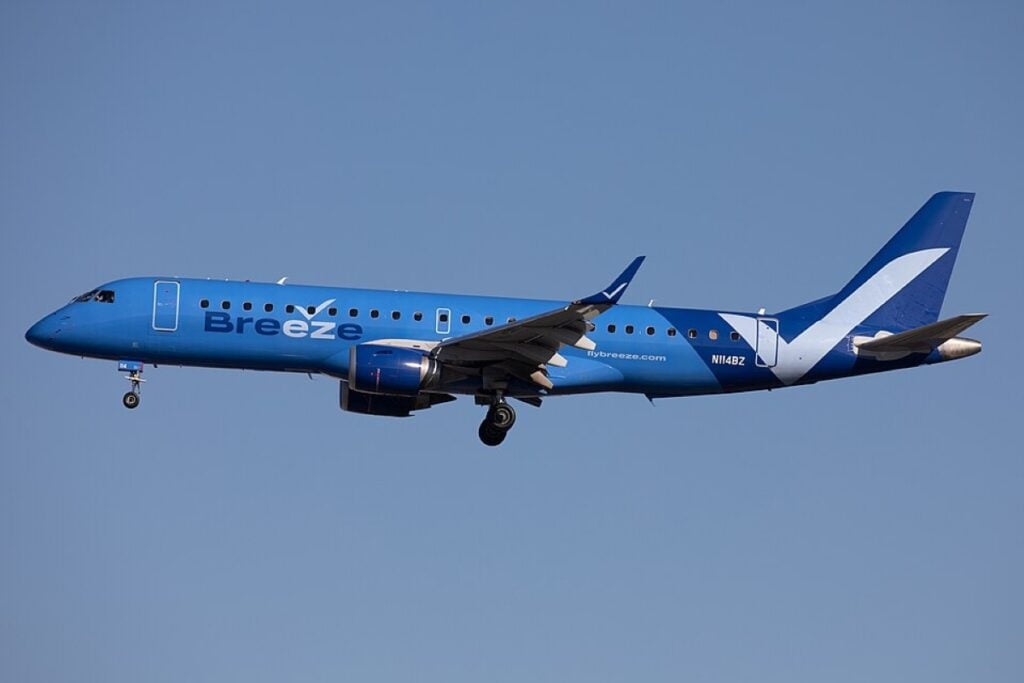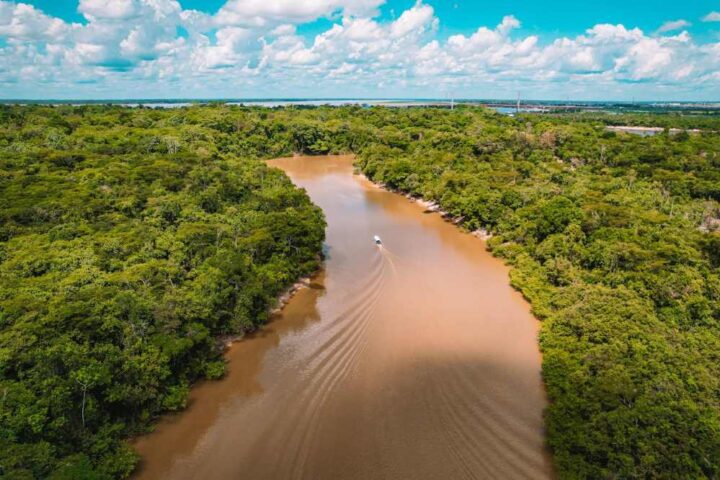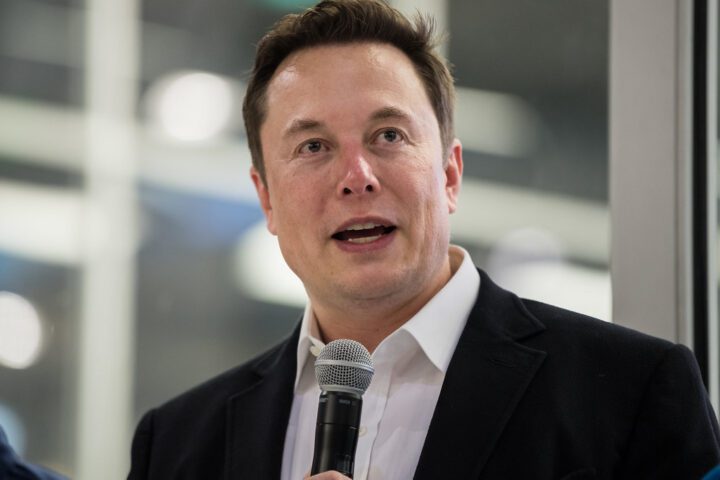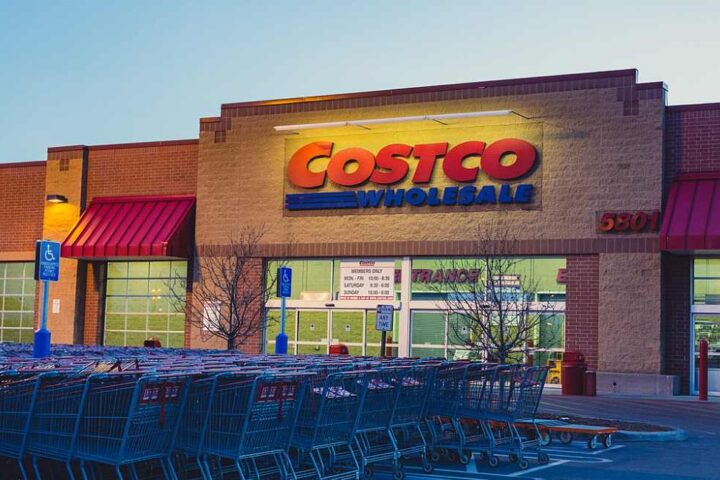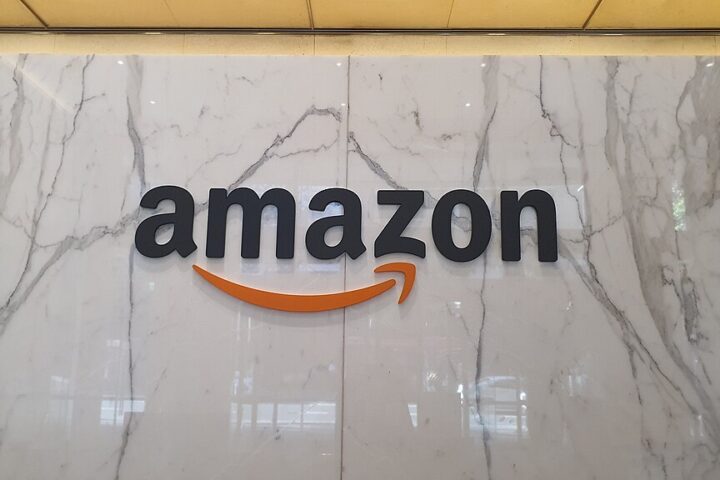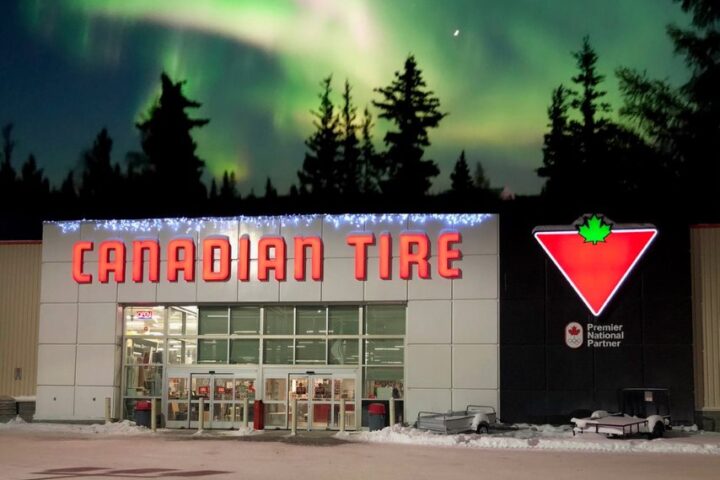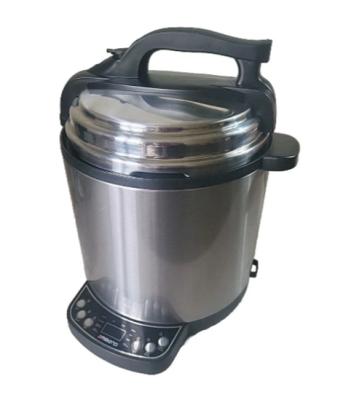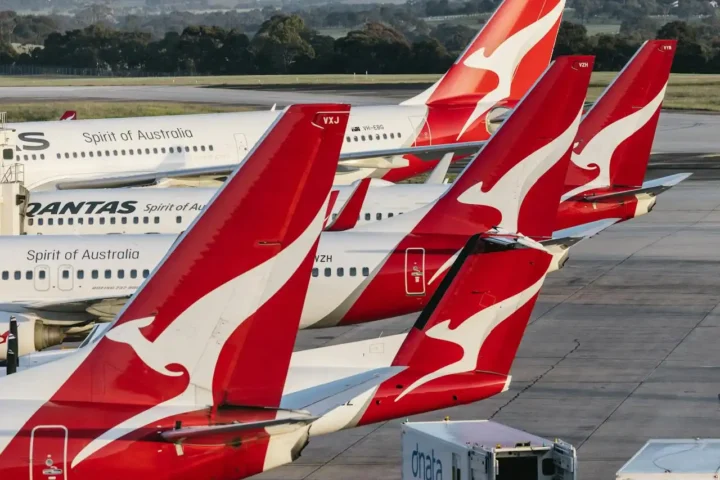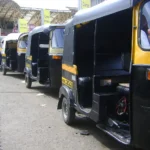Union Pacific and Norfolk Southern have shaken hands on an $85 billion merger that will stitch together America’s rail map from sea to shining sea. The cash-and-stock deal values NS at $320 per share—25% above recent trading—with annual savings pegged at $2.75 billion once the coupling is complete.
“Railroads have been an integral part of building America since the Industrial Revolution, and this transaction is the next step in advancing the industry,” said UP CEO Jim Vena when announcing the deal. The railroads’ press release emphasized that union jobs would be preserved while investments in terminals and signaling technology would improve safety.
The marriage joins UP’s western network with NS’s eastern trackage, totaling 50,000 miles of rail that hauls everything from grain to autos. For shippers, this means single-railroad service from California ports to New York docks, without handoffs in Chicago—long the Bermuda Triangle of freight delays.
Rail stocks reacted oddly—UP shares edged down about 1.3% while Norfolk Southern dipped 3% on announcement day. “Norfolk Stock Drops on Union Pacific Merger. That’s Not Supposed to Happen,” noted Barron’s, as acquisition targets typically rise on news of a premium offer.
Similar Posts
SMART-TD, representing conductors and engineers, quickly voiced opposition. “We will weigh in with the STB (regulator) and with the Trump administration in every way possible,” said Jeremy Ferguson, SMART-TD union president, despite UP’s job preservation promises.
The green angle gets little play in headlines but packs a punch: trains move one ton 444 miles per gallon of diesel, cutting carbon emissions by 75% versus trucks. Each railcar eliminates about three trucks from highways, according to industry metrics.
Infrastructure plans include bypassing Chicago’s bottleneck through expanded terminals in Memphis and St. Louis. UP has suspended its share buyback program to fund the deal, likely affecting earnings per share until synergies kick in.
The Surface Transportation Board holds the switch key, with a review expected to stretch into early 2027. The board must determine if this combination serves the public interest under transportation law.
Recent precedent came when Canadian Pacific acquired Kansas City Southern in 2023, creating the first US-Mexico-Canada rail network. Industry consolidation has been rolling downhill since the 1980 Staggers Rail Act deregulated railroads.
From dozens of major carriers, we’re down to six Class I operators—soon to be five if regulators give the highball. “Rail accounts for approximately 30% of U.S. freight by weight,” according to Bureau of Transportation Statistics, moving bulk commodities and containers that keep store shelves stocked and factories humming.
Shipper groups worry about service disruptions and rate hikes based on past merger headaches. The STB can impose conditions like trackage rights for competitors and service requirements to keep the system rolling smoothly.
If approved, America will have its first transcontinental railroad since the Golden Spike ceremony in 1869—though that historic link carried passengers while this modern version will haul the goods that power our economy.
